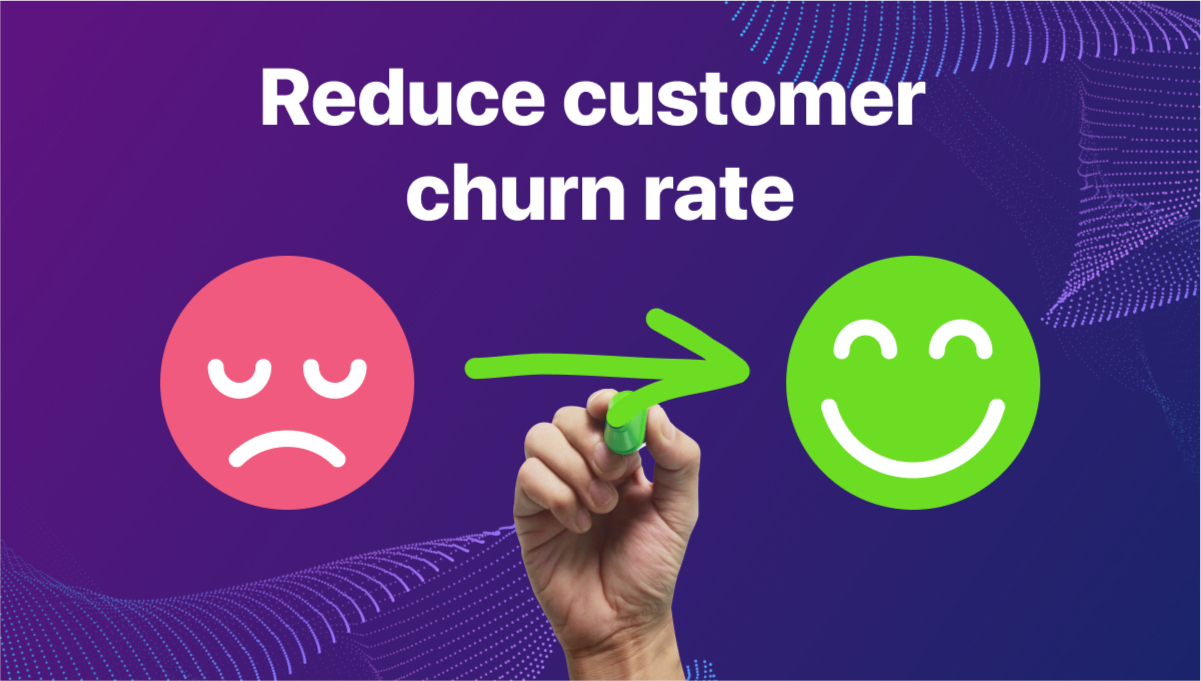
The Role of Onboarding in Your Business’ Churn Rates (and What You Can Do to Improve It)
20 Apr 2020
Are you struggling with churning clients and customers?
If so, you’re not alone.
Every year, U.S. companies lose $136.8 billion as a result of avoidable consumer churn.
And one of the biggest influences on churn rate is an awkward onboarding process.
Yet providing customers with onboarding can reduce churn by 6%, so where’s the balance?
In this article we’ll explore the influence that onboarding has on your business’ churn rates and give you six proven strategies you can use to reduce your churn rates.
We’ll cover:
- How churn affects your business
- What is onboarding?
- The role of onboarding in your business’ churn
- Omni-channel identity verification as a part of the onboarding process
- A step-by-step guide to reducing onboarding churn:
- Authenticate your users in-app
- Use an identity verification API
- Eliminate product-based churn
- Create a knowledge base
- Implement onboarding automation
- Personalize where you can
Let’s get started.
How Churn Affects Your Business
Customer churn is the rate at which your customers leave over a specific time frame.
Usually calculated monthly, your business’ churn rate is the number of customers lost at the end of the period divided by the number of customers you had at the beginning of it.
If you get 100 new customers over the course of this month, but 15 of them leave by the end of it, you have a 15% churn rate.
Chun rates exist in all industries or services that rely on subscription-based services for growth.
And it hurts. You’ve worked so hard to get that new customer on board (ads and marketing, sales funnel optimization, sales calls, etc). Having them end up churning is one of the most frustrating parts of doing business.
Churn can impede your business’ growth in the following ways:
- Loss of revenue. High churn rates affect profit in the short and long term. As new customers leave during the onboarding process, you cut into your margins.
- Loss of reputation. High churn means a large number of dissatisfied users out in the world talking about your business. And, with the rise of review sites and social media, having a group of unhappy, recently-churned users is less than ideal.

- It’s more costly to focus on the top of the funnel than on retention. 65% of a company’s business comes from existing customers. They’re the heart of your business. It’s far more cost-efficient to encourage loyal customers to resubscribe than it is to keep pushing new ones into the top of a leaky sales funnel.
Think of churn as the holes in your business’ sales funnel. You can spend thousands of dollars and months of expensive time creating great ads, optimizing your website and content for search, and building a great sales funnel, but if you have high churn, it’s all wasted energy.
What is Onboarding?
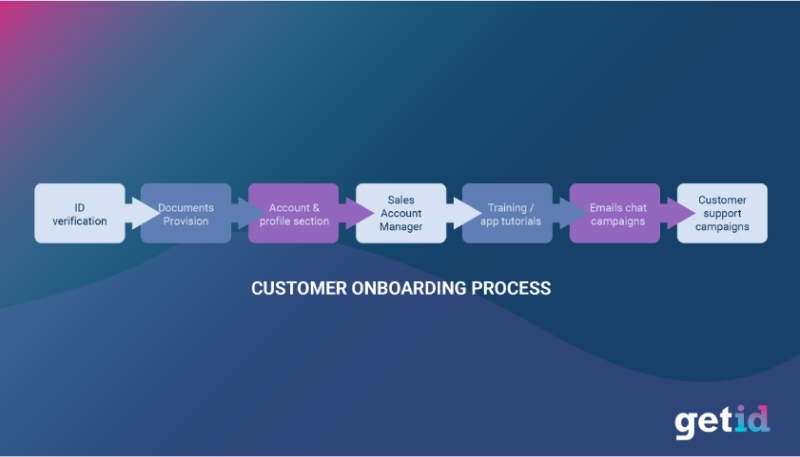
Onboarding encompasses the strategies and processes which a business uses to bring on new users.
These include (but aren’t limited to):
- ID verification
- Document provision (NDAs, compliance documents, etc)
- Account and profile creation
- The transition from sales to account management
- Training and software or app tutorials
- Email and chat campaigns
- Customer support campaigns
In short, onboarding is everything your business does to successfully turn a new user or client into a loyal one.
There are two main goals with user onboarding.
User Verification:
Your business needs to ensure that the businesses and people you’re working with are real and honest.
Unless you successfully verify your users (we’ll touch on how you can do that below), you run the risk of credit card fraud, non-compliance costs, chargebacks, and more.
First Success:
The majority of churn occurs between signup and first success.
If you can implement strategies that encourage your users to achieve that first success (however you and they define it), you’ll be able to reduce your churn significantly.
That success could be contact import, campaign launch, account creation, or any other goal you’ve determined is a “point of no return” for your users — a point which, once reached, churn drops.
Though not based on any real-world numbers, this graph illustrates the idea excellently:
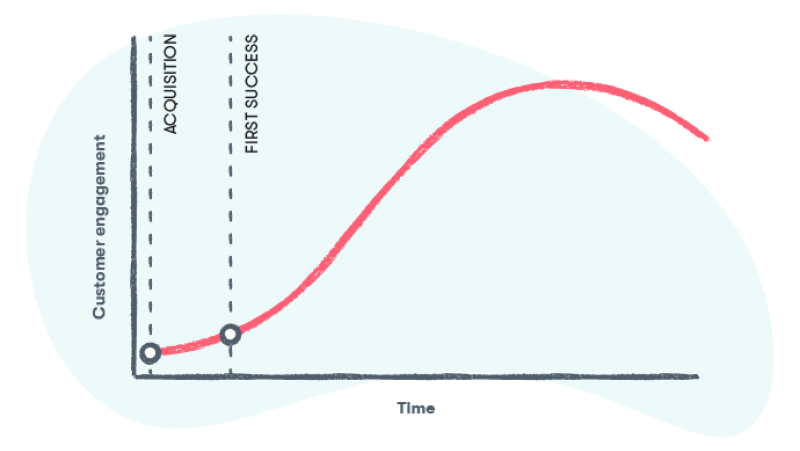
Once your users have validation that your software or service can help them succeed, they’re committed.
Before that first success, they’re really just trying you out.
Both these goals are achieved within the onboarding stage, and they’re vital to your business growth.
The Role of Onboarding in Your Business’ Churn

Most SaaS and B2B companies need to onboard new customers in order to retain them.
Your systems, software, or processes are complex. So you need to walk them through that complex system to make sure they find success.
But you also need to cover your own bases. You need to make sure that your business is compliant and you’re not onboarding too quickly (or casually). Failing to do so results in steep non-compliance fees, credit card fraud, and costly chargebacks.
That said, onboarding someone awkwardly — by being too invasive with lead capture, requesting a laundry list of verification documents, making the process overly-long, or not engaging with people when they have questions — is also problematic and results in costly early-stage churn.
So what can you do about it?
How can you reduce your business’ churn rates in the onboarding stage?
Let’s take a look.
A Step-by-Step Guide to Reducing Onboarding Churn
This next section will give you a step-by-step guide to high-impact strategies to combat onboarding churn.
Step 1: Authenticate your users in-app
The first, and easiest, step is to ensure your business can get the information you need is to run a quick identity check.
That’s where tools like GetID come into the picture.
With GetID, you can add an authentication tool directly into your business’ in-app onboarding process:
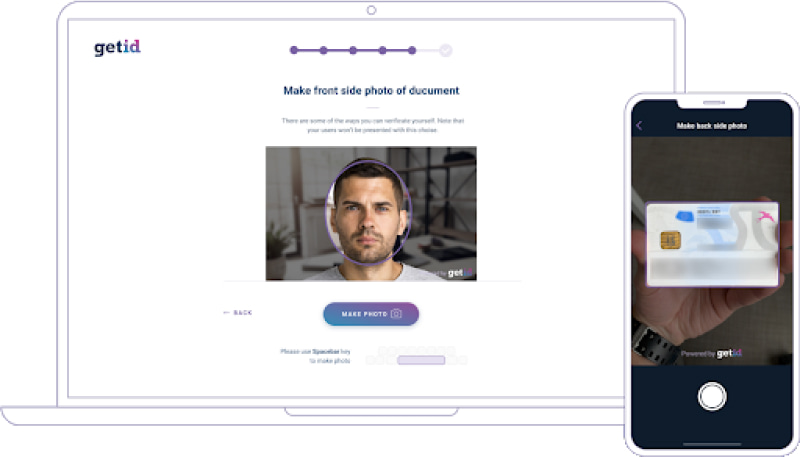
GetID makes it quick and easy for your business to verify users and (once you have verification) perform KYC/AML checks from a single dashboard:
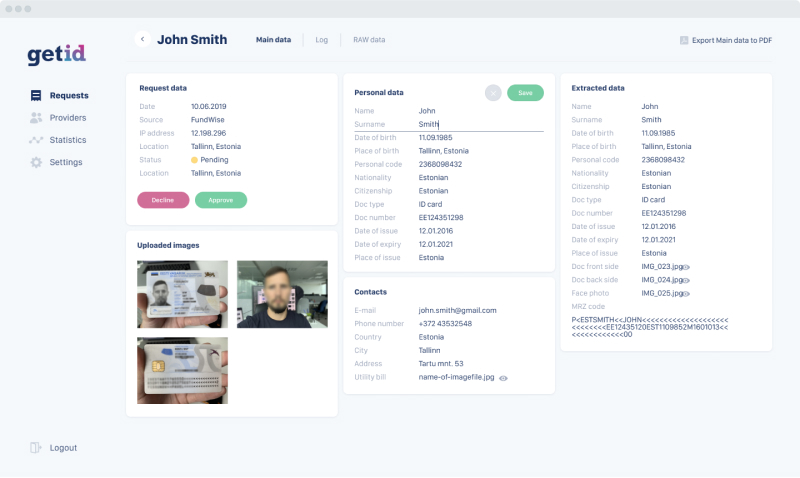
Step 2: Use an identity verification API
If you have more complex user onboarding, it can be a long and frustrating manual process (before the user even gets into your software or starts seeing the benefit of your service).
When starting a relationship with a business or user, your business needs to A) Quickly get the information you need, and B) Ensure the information you get meets your business’ security and identification standards.
Doing it quickly reduces user frustration. Doing it well reduces the chance of a chargeback from fraud or failing to meet compliance requirements (which can cost your business $14.82 million).
With 323,455 reports of cybercrime in 2018 (plus the potential costs from non-compliance), ID verification isn’t something you can ignore.
That’s why we recommend using an identity verification API.
An identity verification API connects your business to the physical and digital identity of your users. This streamlines the onboarding process massively, as the traditional process (the back and forth of documentation and endless email threads) is eliminated.
IdCredit, for instance, facilitates quick and easy user onboarding by connecting your business with bank and governmental information, submitted ID documents (licenses, passports, etc) and even car leases:
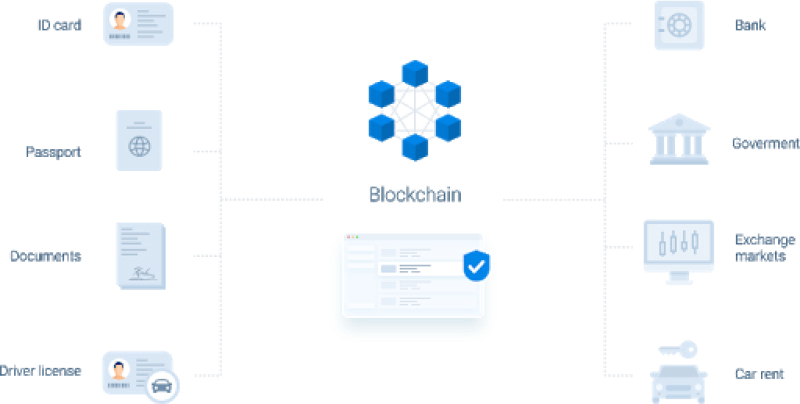
Step 3: Eliminate product-based churn
Once you’ve verified your user’s identity, you need to address the other reasons people churn.
And one of the primary reasons is because, once a user gets into your software or dashboard, they’re confused or disappointed by what they find.
Here’s how you can eliminate product-based churn:
- Focus on UX. Run test users through your dashboard before you launch, and respond to their feedback. Remember that the person who designed the software is the worst person to test it.
- If you have a complex dashboard, add in-app tooltips to walk your new users through it.
- Identify sticking points. Add click maps, heatmaps, and take user screen recordings to note where people seem frustrated or bounce. Then focus attention on those sticking points.
- Ensure your site and app are mobile-friendly. If your users are accessing via mobile, nothing is more frustrating than an un-optimized user experience.
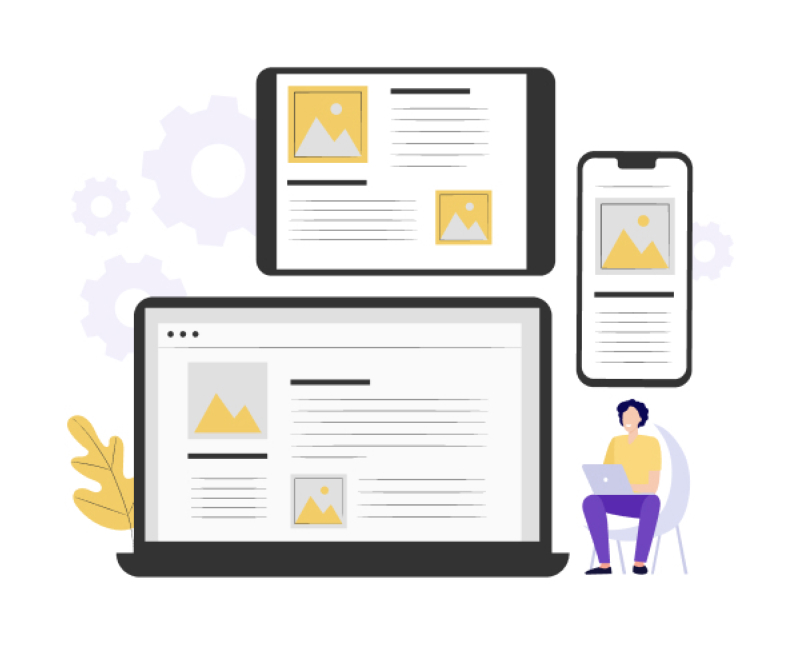
Step 4: Create a knowledge base
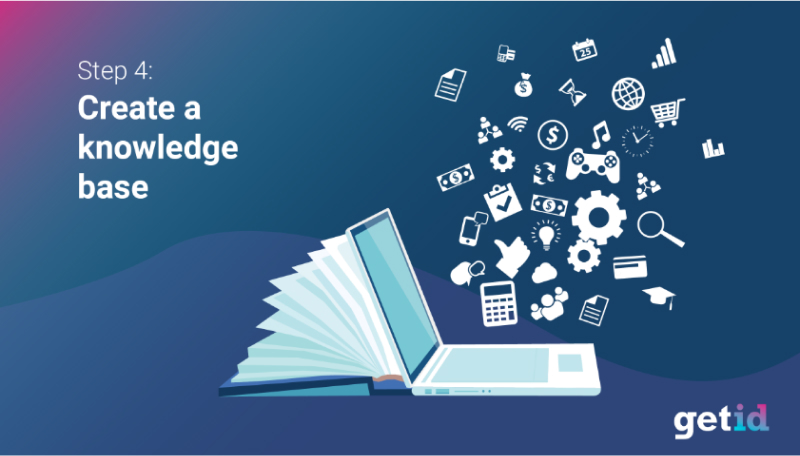
- Create a high-quality educational knowledge base to help new users (and your support team) find the information they need to find success with your software or app.
- Ensure your knowledge base is as mobile-friendly as the rest of your site. If someone is frustrated with your tool and needs an answer to a question, the last thing you want is to frustrate them in the answering of it.
- Create templated support responses that can be copy-and-pasted to send users and customers to your knowledge base to find the answers they need.
Step 5: Implement onboarding automation
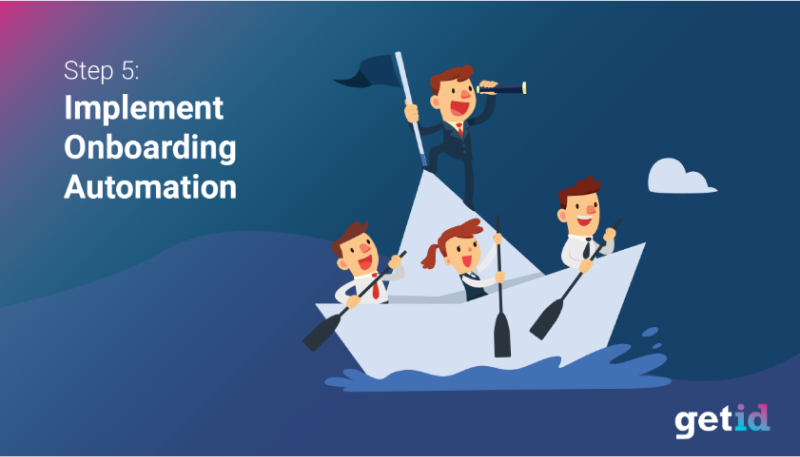
Every business needs to implement a scalable strategy to onboard customers.
Unfortunately, you simply don’t have the resources to onboard every one of your new users manually. And, with international SaaS and B2B markets, you can’t always be there when your new users are engaged.
With growth comes unscalability.
Luckily, that’s where onboarding automation comes in.
Automated onboarding software enables you to create an optimized workflow that moves new users from signup through to first success with limited manual interaction.
To determine how that workflow works (and to optimize it), you’ll need to do a complete audit of your user’s current path from signup to success. You need to identify what that success (or point of no return after which few users churn) looks like, and the steps you need to prompt users to take in order to attain it.
Step 6: Personalize where you can
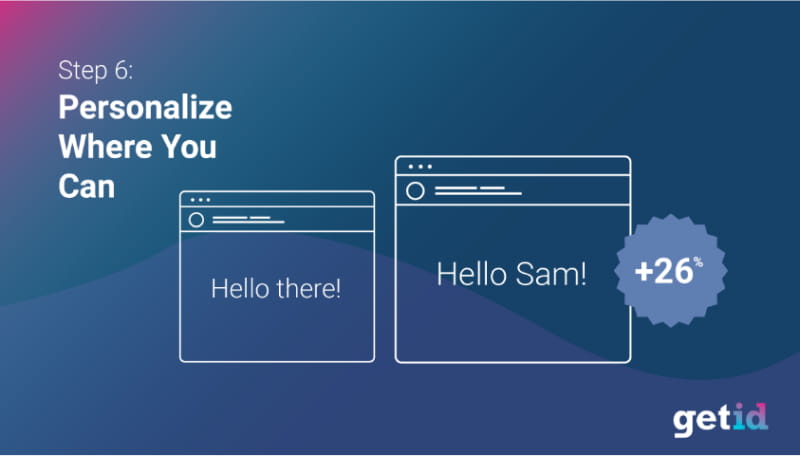
Yes, we know that we just recommended you automate your onboarding processes, but the fact is that personalization is as much a necessity as automation.
And, with new onboarding tools and modern customer support software, you can personalize and automate at the same time.
Trigger an automated chat when your user completes a specific action. If they respond to the automated chat, send it to an actual support agent. For instance, if you’re managing an email service provider, trigger a chat when a user imports their contact list. This feels to your user like personalized engagement relevant to their needs in the moment.
Trigger an automated email after a certain amount of inactivity. For instance, if your user has signed up but not visited your dashboard in 72 hours, trigger an automated email that asks, “I’ve noticed you haven’t logged in in a while. Do you have any questions?”
Use identification data provided by GetID and your signup forms to personalize chats and email campaigns. Personalizing your email’s subject lines with a user’s company name or first name can increase your open-rates by 50%.
Wrapping up
Are you tired of seeing new users leave or unsubscribe from your service or your company after one week?
Are you tired of chargebacks, the fear of non-compliance fees, and bad reviews?
Follow the steps in this guide to improve your business’ onboarding processes and reduce costly churn.
And if you have questions, don’t hesitate to reach out to the onboarding and user verification experts at GetID.